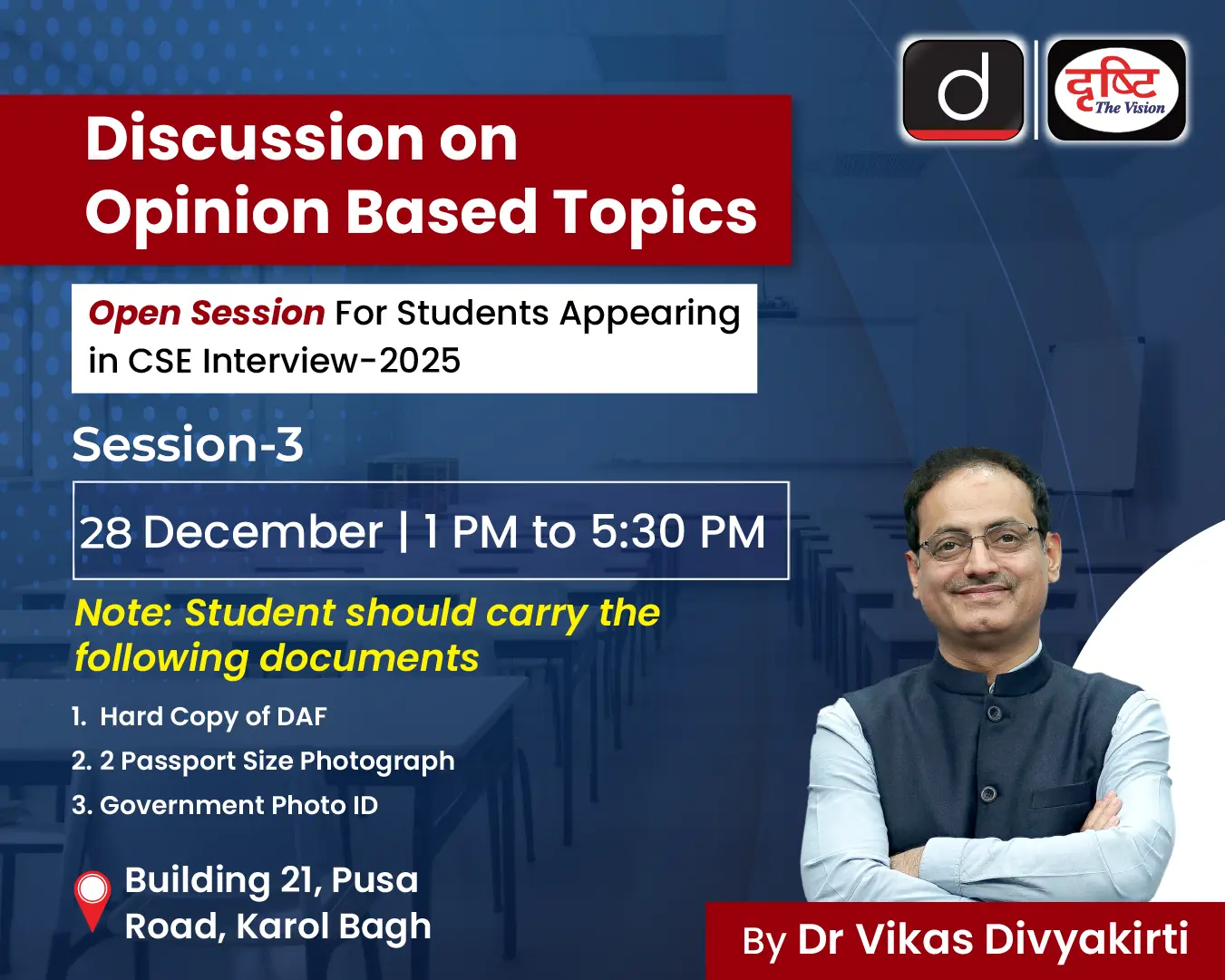-
12 Jul 2022
GS Paper 1
History
Day 2: Policies of the British Government like the Government of India Act 1935 and afterwards acted like fuel to fire for the partition of India. Do you agree? (250 words)
- Briefly talk about the essence of policies in India from the Govt of India Act 1935 and afterward, that had contributed to materialisation of partition of India.
- Enumerate the few policies one by one as per demand of question.
- Conclude suitably.
Answer
Policies of British govt in India like GOI Act 1935, August offer, Cripps Mission, and cabinet mission, all had either implicit or explicit recognition to the demand of partition of India.
These policies were the morale booster that led to unforgettable and horrific partition of India.
Provisions in the policies of British that had contribution to the Partition of India:
- Govt of India Act 1935: It aimed to establish an All-India Federation comprising Governors’ province and Chief commissioners’ province and the Indian state (which might accede to be united).
- This Act not only introduced the probability of the partition but also intended to the Balkanization of India on the name of Federation in which states have liberty to be in or out of the federation.
- August Offer 1940: Provision like “No future constitution to be adopted without the consent of minorities” it had given an unofficial veto to Muslim league for propagating his own demand of separate state for minorities.
- Cripps mission 1942: Provisions of Cripps mission that” any province not willing to join the union could have a separate constitution and form a separate union” also hinted towards the possibility of partition of India into the number of Union.
- Cabinet mission 1946: To find out ways and means for a peaceful transfer of power to India.
- Although the mission explicitly rejected the demand of creation of Pakistan based on the division of population, linguistic, administrative-economic and security point of view.
- But few provisions in the mission which explicitly supporting demand of India’s partition and creation of Muslim majority state Pakistan like,
- The grouping of existing provincial assemblies into 3 sections based on the religious population example section A was Hindu majority and section B and C was the Muslim majority
- provinces were to have full autonomy and residual powers
- The province can join either of the successor Governments
- There was a provision that provinces can come out of the group after 10 years.
- Overall Cabinet Mission also contributed to the motivation for partition of India.
- Wavell’s “Breakdown Plan”: In may 1946 Wavell presented a plan that envisaged the withdrawal of the British army and official to Muslim provinces of north west and north east and handing over rest of the country to Congress.
- The Wavell plan was evidence of the Desire in some high official Circle to make in Northern Ireland of Pakistan.
- British’s unwillingness to act against the notorious Direct Action Day of Jinnah and invitation to Muslim League in the Interim Govt even without stopping blood bath by Direct Action Day.
- Plan Balkan of Mountbatten: May 1947, Mountbatten under this plan envisaged the transfer of power to the separate provinces with Punjab Bengal given the option to vote for the partition of their provinces.
- The various units thus formed along with the princely state would have the option to join India or Pakistan or remain separate.
- This plan aimed for the possibility for Balkanisation of India.
- Mountbatten Plan and Indian Independence Act 1947: These two moves materialised the creation of Pakistan and the unforgettable partition of India.
Although the British had contributed to the partition of India but along with other factors like the socio religious movement, the formation of religious political parties, and international geo-politics of the time equally contributed to partition of India.





